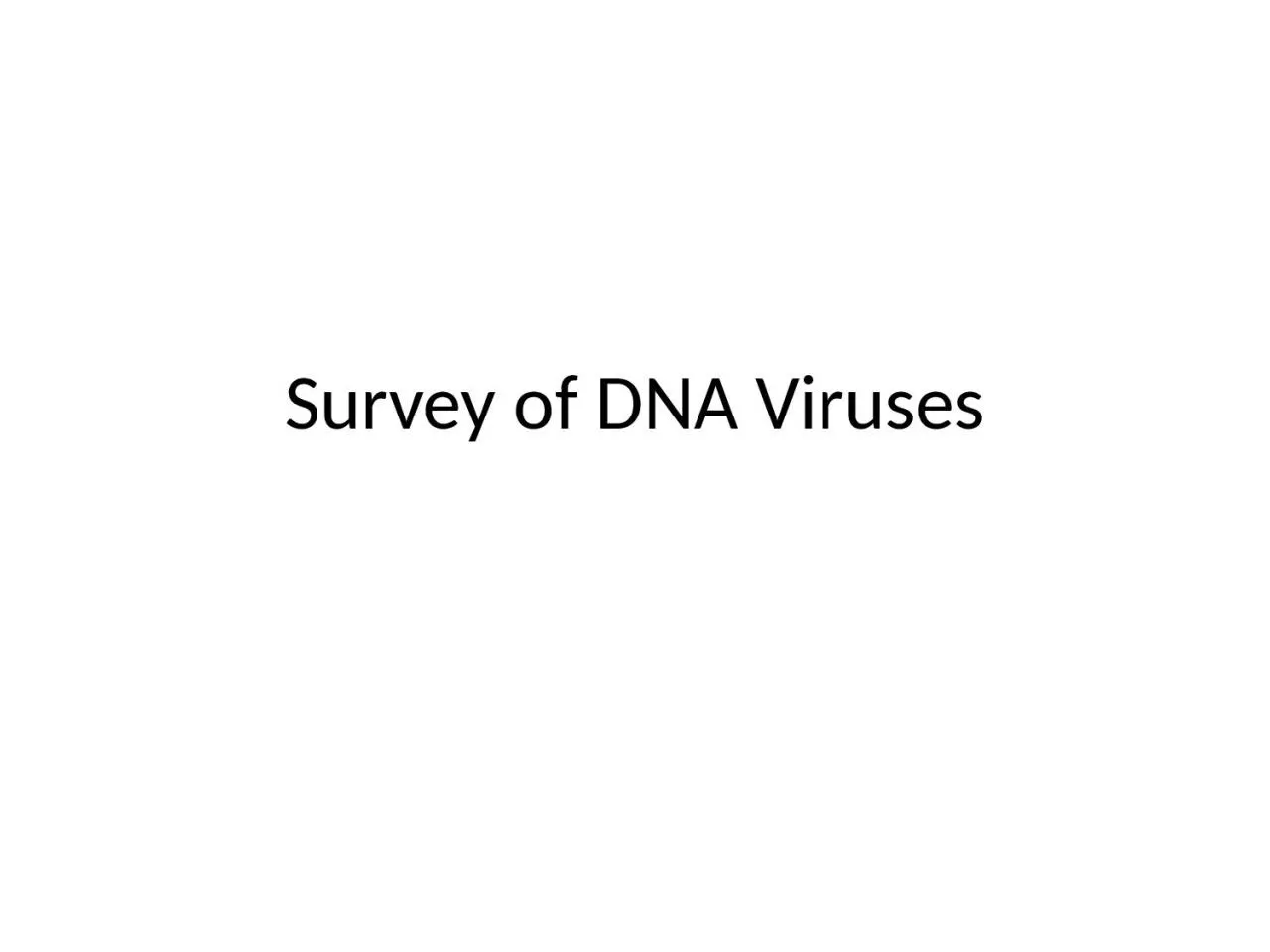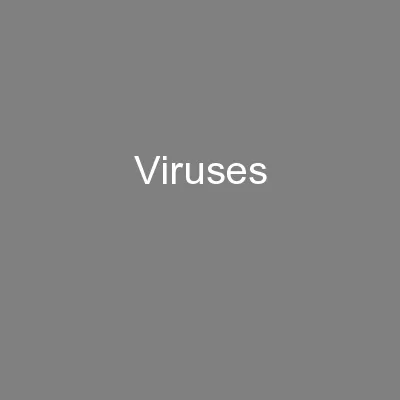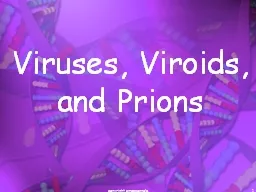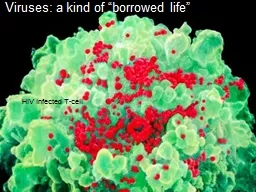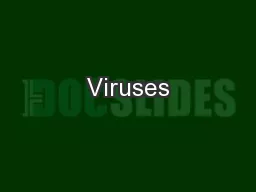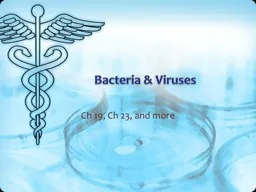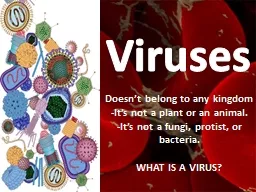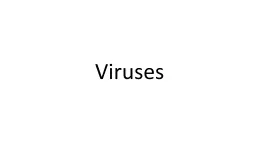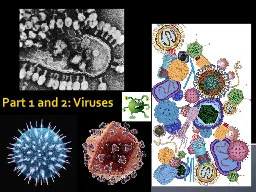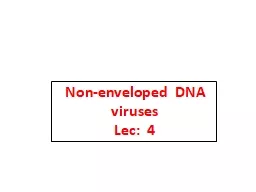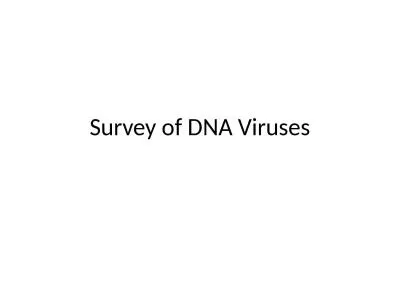PPT-Survey of DNA Viruses Herpesviruses
Author : Powerpixel | Published Date : 2022-08-03
Persistent Human Viruses 1 Large family of viruses 150200 nm in diameter 2The nucleocapsid is 100 nm in diameter with cubic symmetry and 162 capsomeres surrounded
Presentation Embed Code
Download Presentation
Download Presentation The PPT/PDF document "Survey of DNA Viruses Herpesviruses" is the property of its rightful owner. Permission is granted to download and print the materials on this website for personal, non-commercial use only, and to display it on your personal computer provided you do not modify the materials and that you retain all copyright notices contained in the materials. By downloading content from our website, you accept the terms of this agreement.
Survey of DNA Viruses Herpesviruses: Transcript
Download Rules Of Document
"Survey of DNA Viruses Herpesviruses"The content belongs to its owner. You may download and print it for personal use, without modification, and keep all copyright notices. By downloading, you agree to these terms.
Related Documents

